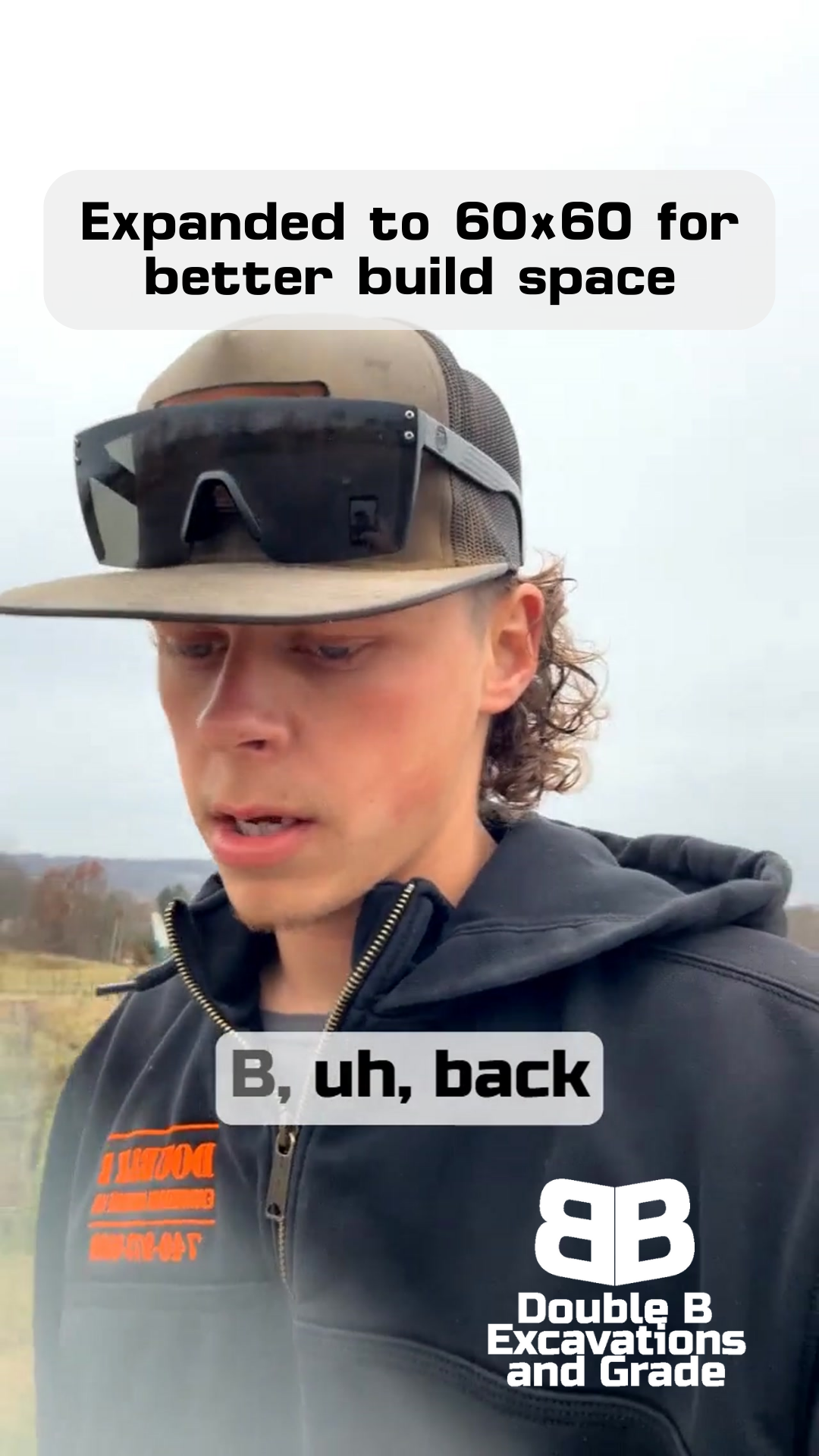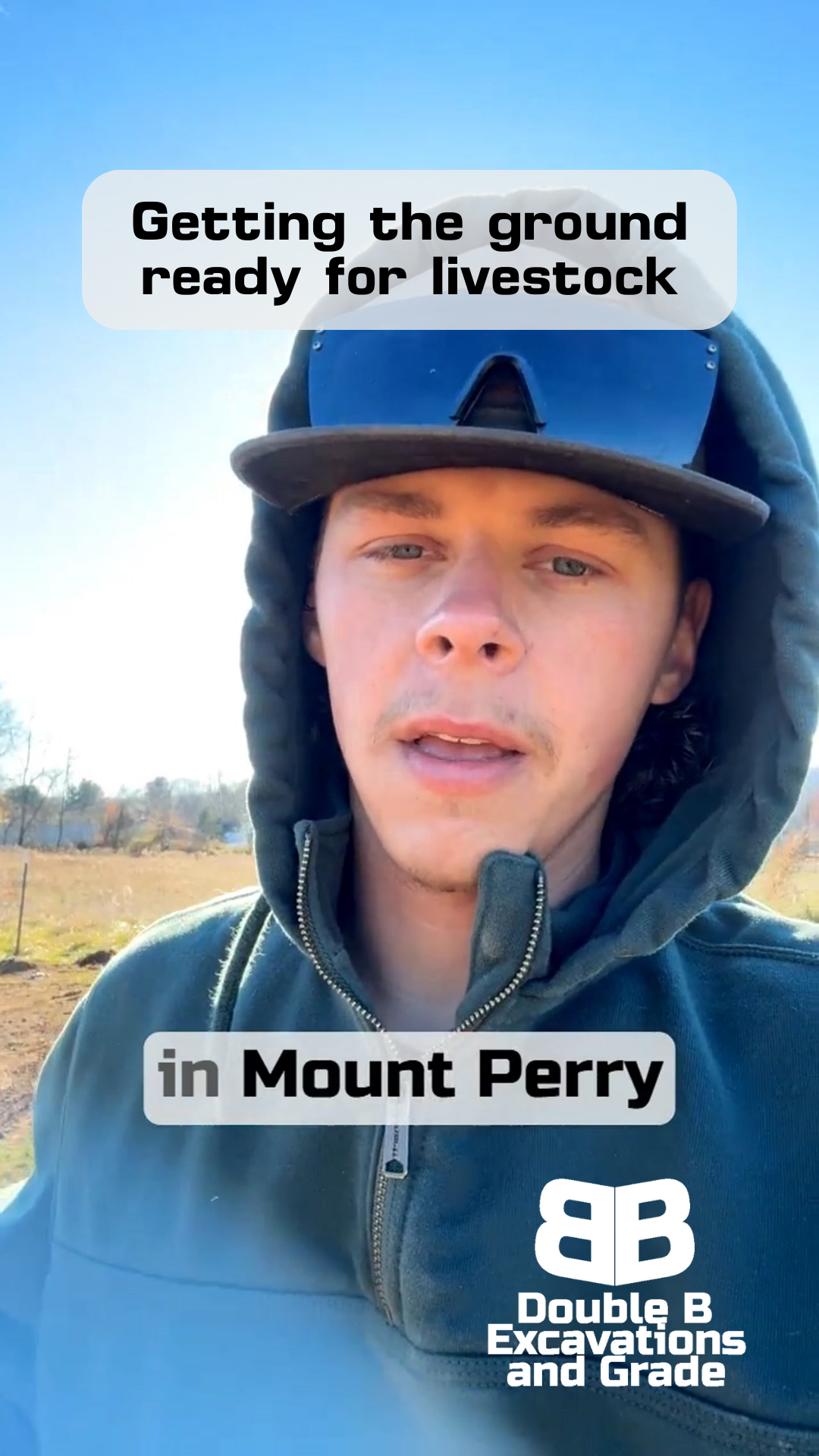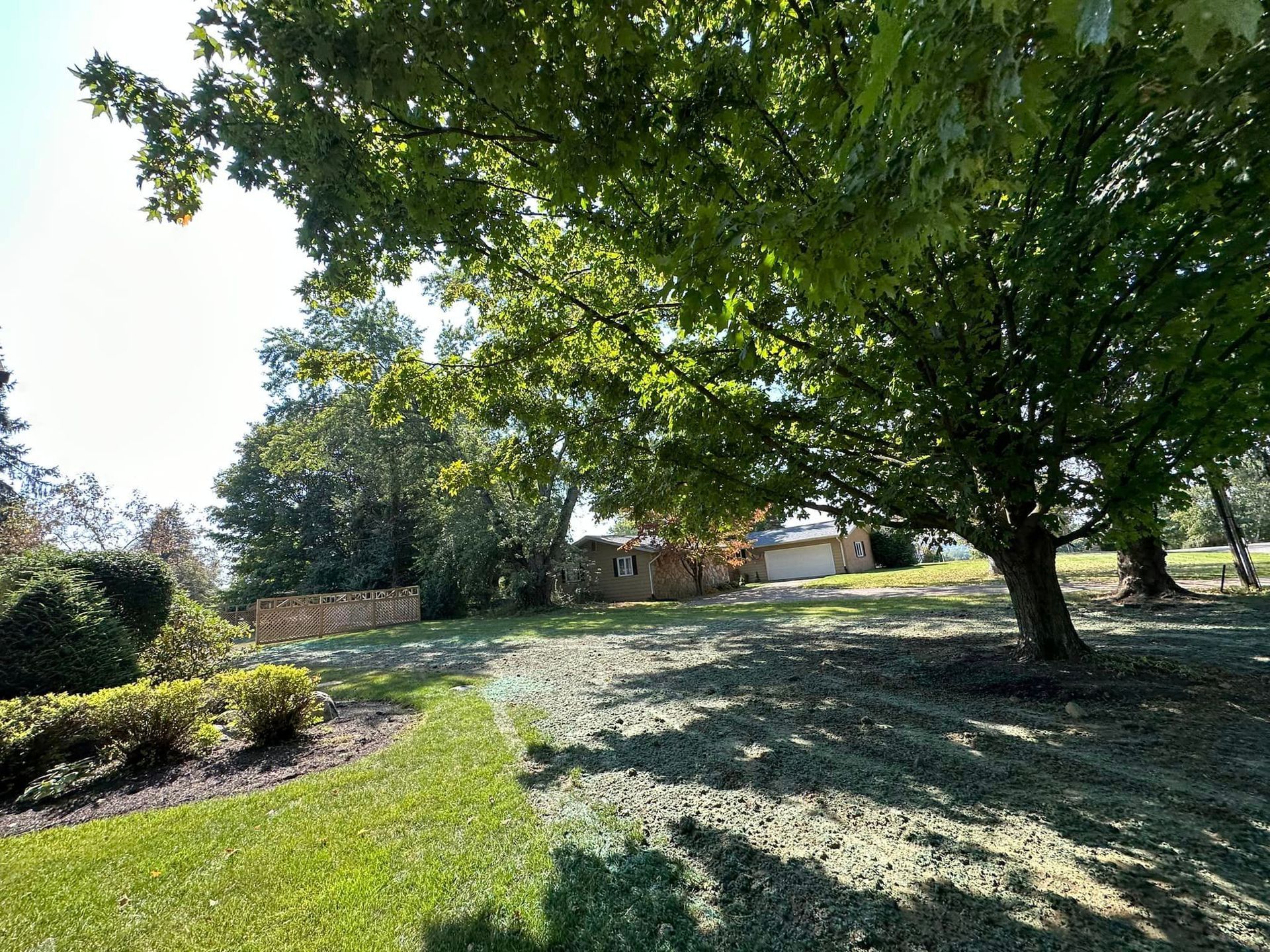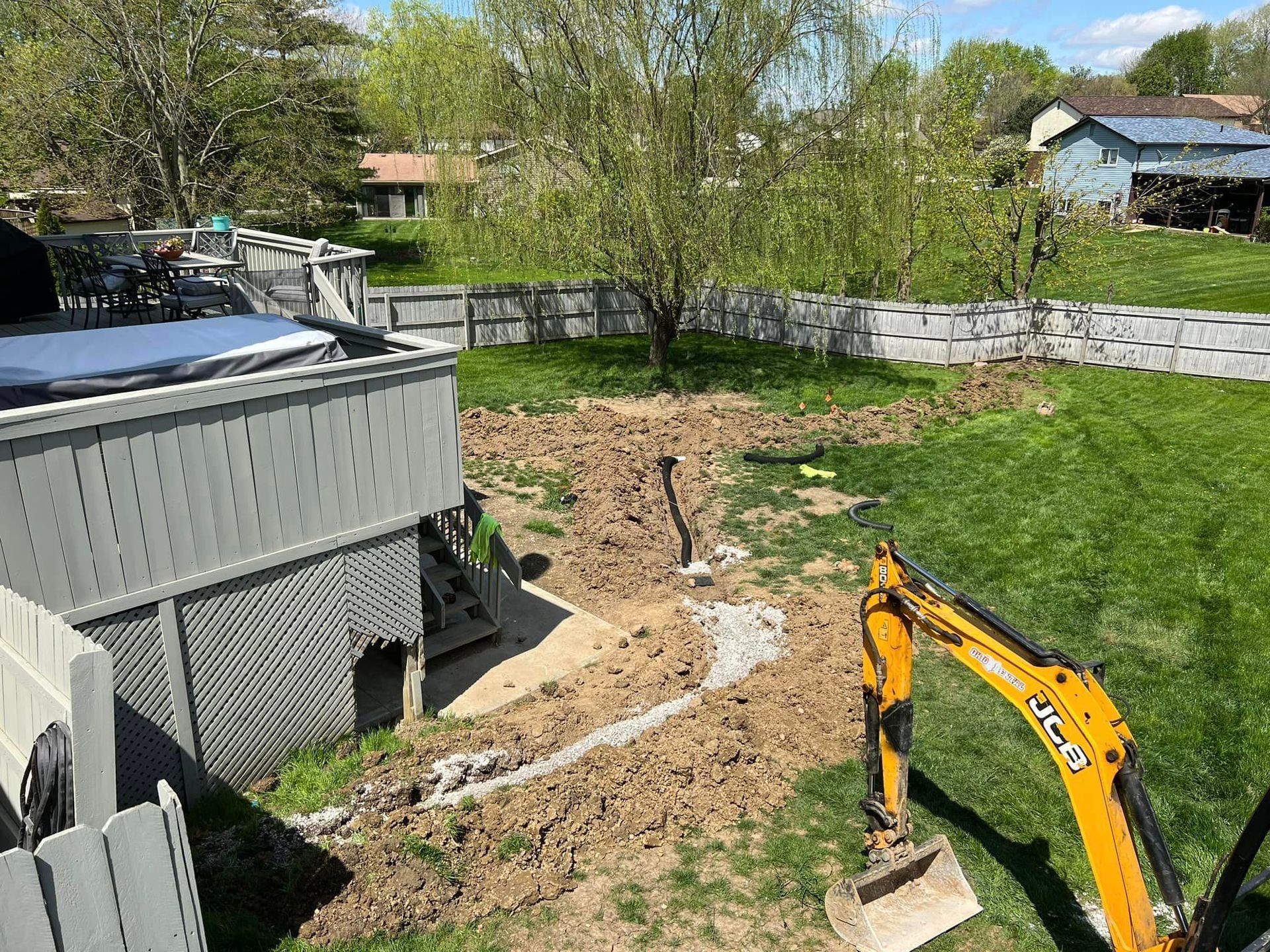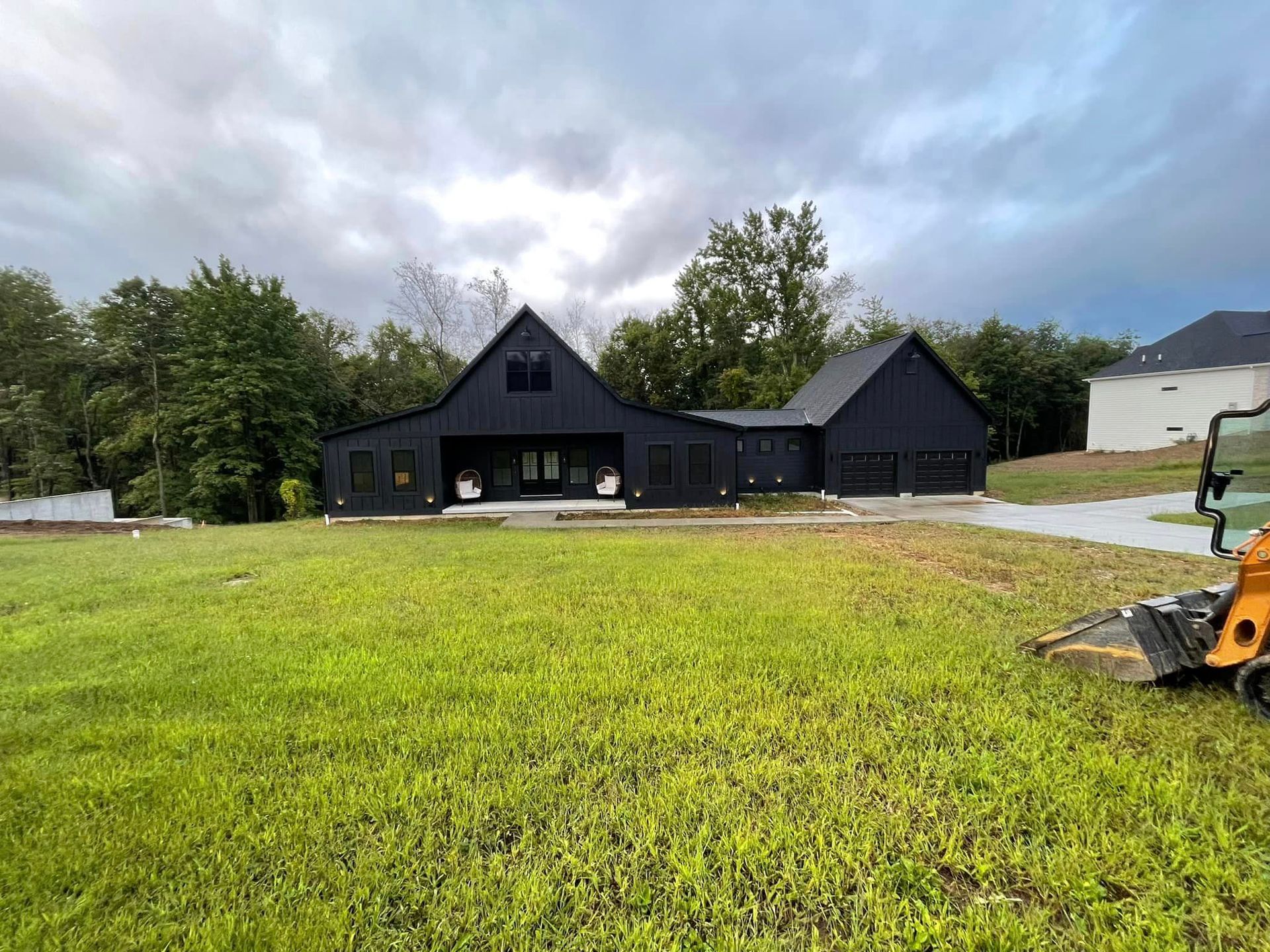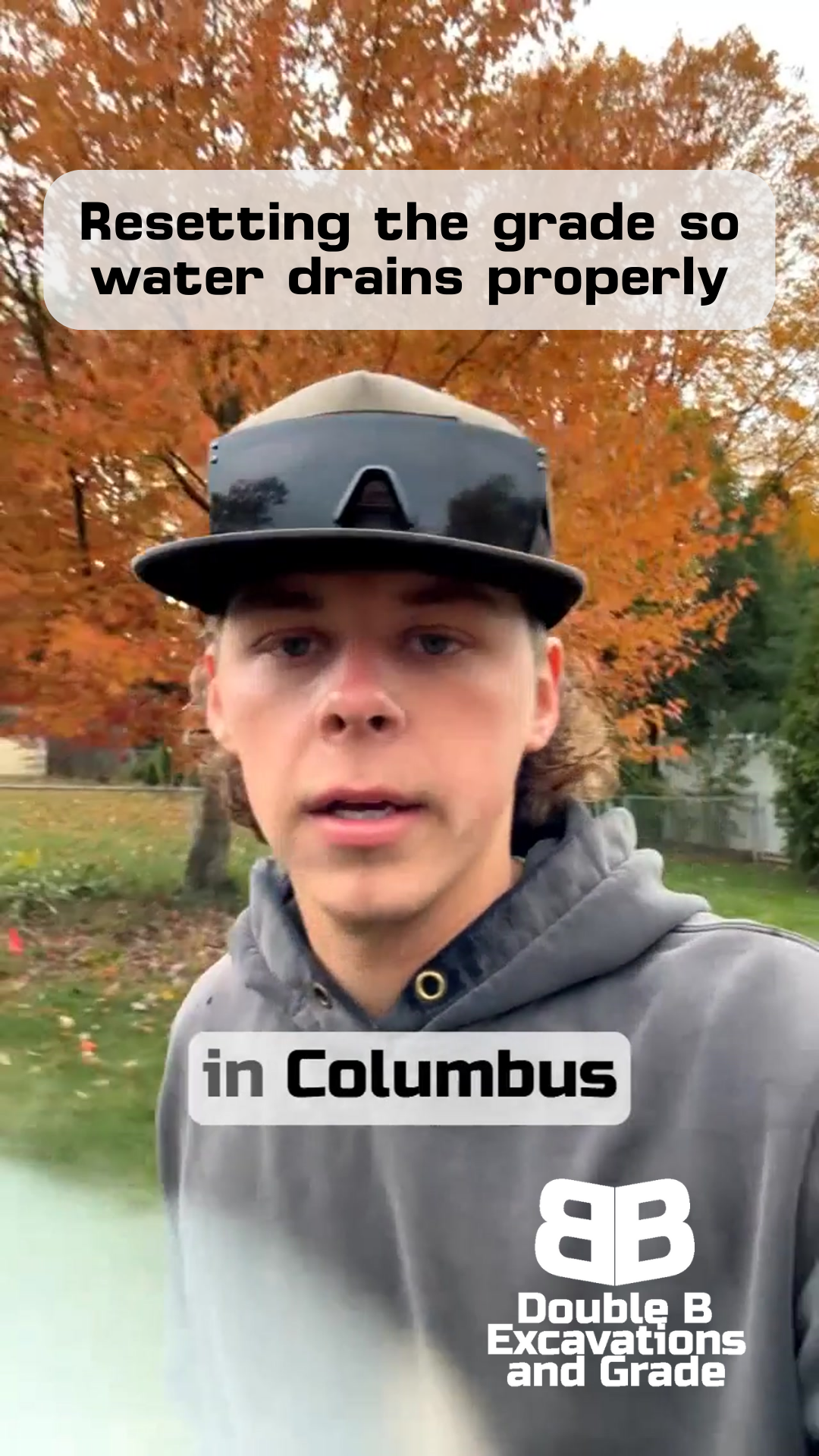The 2-Foot Rule: Why We Dig Bigger for Better Pool Installation
Double B Excavations & Grade LLC
Beyond the Blueprint
WHY EXPERT POOL PAD PREPARATION MATTERS MORE THAN YOU THINK
When it comes to installing a pool, what you can't see matters just as much as what you can.
Today I want to talk about something that might seem simple but makes a huge difference - the size of your pool pad.
Here's a fact that surprises many homeowners: if you're installing an 18-foot pool, you actually need a 20-foot pad.
We call this the 2-foot rule, and it's one of those details that separates a great installation from one that might give you headaches down the road.
Think of it like this - if you're building a house, you don't want your foundation to be exactly the same size as your walls.
You need that extra space to work with.
Same goes for pools, and that's exactly what we're going to break down for you today.
Welcome to Double B!
Project Context
Let me share a real example from a job we just tackled in Heath. The customer ordered an 18-foot round pool - pretty standard size for many backyards. But when we showed up with our laser level to start the job, we marked out a perfect 20-foot circle instead. Even with some pretty wet conditions on site, we knew this extra space would be crucial for the installation team.
Some might look at those wet conditions and want to postpone. But here's the thing - when you're ready for your pool, you're ready. As long as we can work safely and deliver quality results, we make it happen. That's why we bring the right equipment, like our laser level, to ensure precision even in less-than-perfect conditions.
This project is a perfect example of why proper preparation matters. Sure, we could save time by digging exactly to size, but that's not how we do things at Double B. We're thinking about the installation team that comes after us, the stability of your pool, and your long-term satisfaction with the project.
Understanding the 2-Foot Rule
Let me break down exactly why we add these extra two feet around your pool pad. It's not just some random number we picked - it comes from years of experience and understanding what installation teams need to do their best work.
When you're installing an above-ground pool, the team needs room to move around all sides of the pool. They're handling large panels, setting up braces, and making sure everything's perfectly level. That extra foot on each side gives them the space they need to work efficiently and safely. Think about trying to put together a piece of furniture in a room that's exactly the size of that furniture - it would be pretty tough, right? Same principle applies here.
The Technical Details
This is where our laser level becomes our best friend. When we showed up in Heath, the first thing we did was set up our laser to mark out that perfect 20-foot circle. This isn't just about eyeballing it or using string and stakes - we need exact measurements because everything that comes after depends on this foundation being right.
The laser level helps us achieve something crucial: a perfectly level surface across the entire pad. Even a small slope that you can barely see with your eye can cause big problems once the pool is filled with thousands of gallons of water. Water always finds level, and we want your pool - not the ground around it - telling that water where to go.
Even with the wet conditions we faced in Heath, our equipment and experience let us create a stable, level pad. We're not just moving dirt around - we're creating a foundation that needs to support thousands of pounds of water pressure. That's why we take extra care with the soil preparation, making sure it's properly compacted and won't settle unevenly over time.
Common Challenges and Solutions
Let's talk about those real-world challenges we deal with, like the wet conditions we faced in Heath. Sure, perfect weather would be nice, but in Ohio, we work with what we've got. The key is knowing how to handle these situations professionally.
When the ground is wet, we have to be extra careful about soil compaction. Water can make soil act differently, but that's where experience comes in. We know exactly how to work with these conditions to still deliver a solid, stable pad. Sometimes this means taking a little extra time, but rushing through wet conditions is never worth the headaches it could cause later.
Why This Matters
Think about it this way: your pool is going to hold thousands of gallons of water. That's some serious weight sitting on this pad we're creating. Getting it right from the start means:
- Your installation team can work efficiently
- Your pool will sit level and stable
- You won't deal with settling issues down the road
- Future maintenance becomes much easier
Looking Forward
Here's what I want you to take away from this: proper pool pad preparation isn't just about digging a hole. It's about creating a foundation that's going to support your family's enjoyment for years to come. Those extra two feet we add? They're an investment in getting the job done right.
Whether you're planning a pool installation in Heath or anywhere else in central Ohio, remember that the prep work matters just as much as the pool itself. Taking shortcuts on the pad might save a day or two now, but it can lead to weeks of frustration later.
Need help planning your pool site preparation? We're always happy to take a look at your property and help you understand what proper preparation looks like. Because at Double B, we believe in doing it right the first time - even if that means digging a little bigger than you might expect.
